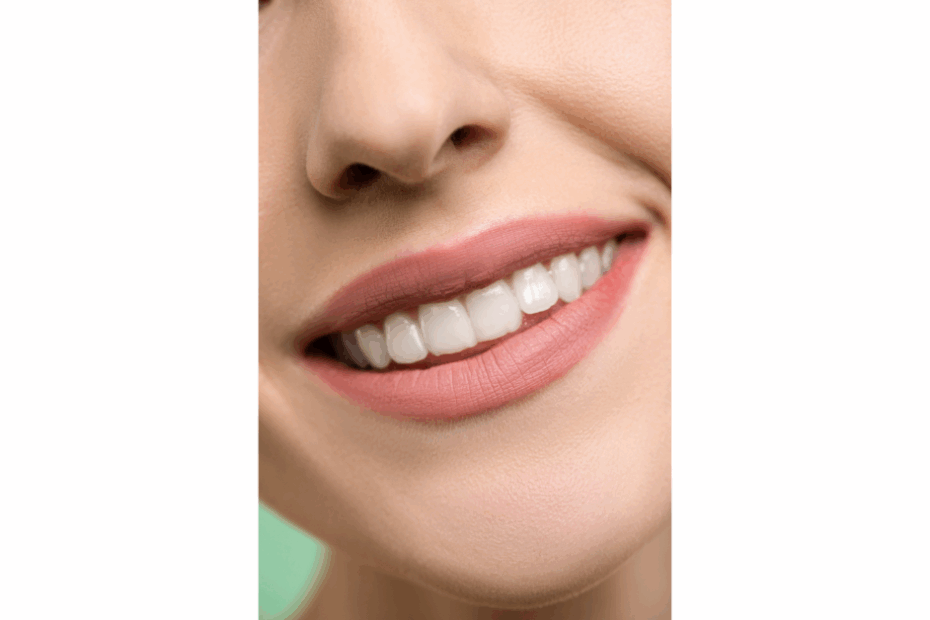You finally settle in with a tall glass of iced citrus punch, only to feel that unmistakable zing shoot through your teeth. That “ouch” moment isn’t just bad luck; it’s a sign of dental sensitivity waving a red flag. What you eat and drink, especially sugary treats and acidic beverages, can either keep those nerves calm or send them screaming.
Understanding Dental Sensitivity
Dental sensitivity is that sharp, sudden pain triggered by hot coffee, cold water, or even a bite of chocolate. The sensation signals that the enamel has been compromised or the gums have receded, leaving the underlying porous dentin exposed. Once dentin is uncovered, temperature shifts, sweet morsels, and even a deep breath on a winter morning can irritate the microscopic tubules inside, jolting the nerves at the core. The usual culprits behind this vulnerability? Persistent enamel erosion, untreated tooth decay, and gum recession caused by aggressive brushing, grinding, or periodontal disease. When any of these factors open a direct line to your tooth’s nerve center, everyday pleasures can start to feel like dental dares.
How Sugary and Acidic Foods Sabotage Oral Health
Sugar and acid work in tandem like a mischievous duo. Sugary foods fuel bacterial development on the tooth surface; those bacteria feast and then churn out acids as metabolic waste. When acidic beverages—such as sodas or sports drinks—are introduced, the erosive threat doubles: the resulting acid exposure softens and dissolves tooth enamel, a process clinicians refer to as demineralization. Without enough recovery time or remineralizing minerals (such as calcium and phosphate from saliva or toothpaste), the softened enamel chips away, creating tiny pits that become cavities. Once enamel erodes, the underlying dentin is laid bare, and suddenly cold brew or lemon water feels like an electric pop on your nerve endings.
Sugary and Acidic Offenders to Watch
- Sodas & Energy Drinks – Often packing up to 40 grams of sugar in a single can, sodas bathe teeth in sweetness and phosphoric or citric acid.
- Sticky Sweets – Caramels, gummies, and dried fruit cling to crevices around fillings and orthodontic brackets, giving bacteria a long-lasting buffet.
- Fruit Juices – Orange, grapefruit, and cranberry juices can rival soft drinks in acid content, even if they carry a “100 % natural” halo.
- Citrus Fruits – Lemon slices in your water may freshen flavor, but introduce citric acid that wears enamel down over time.
- Vinegar-Based Dressings & Pickles – Acetic acid keeps these favorites tangy but can weaken tooth enamel with frequent exposure.
Each of these foods isn’t villainous on its own; it’s the frequency of snacking or sipping, especially outside mealtimes, that tips the scales toward damage.
Smart Swaps and Balanced Eating for Sensitive Smiles
Living with dental sensitivity doesn’t mean resigning yourself to a flavorless diet. Below are practical ways to maintain a diverse diet while minimizing sensitivity flare-ups:
- Choose Dairy & Nut-Based Snacks – Cheese, yogurt, almonds, and cashews buffer mouth acidity and supply enamel-friendly calcium.
- Choose low-acid fruits — Bananas, melons, and ripe pears—to curb sweet cravings without subjecting your teeth to excessive acidity.
- Upgrade Your Drinks – Sparkling water with a splash of cucumber or mint gives a refreshing twist, minus the sugar crash.
- Snack Timing – Reserve sugary or acidic treats for mealtimes, when higher saliva flow helps neutralize acid.
- Hydration Habits – Sip plain water between foods to wash away sugars and restore pH balance.
Moderation is the golden rule. Even a small bowl of sorbet is less harmful if you follow it with a rinse of water and your toothbrush later on.
Damage Control When You Can’t Resist
- Rinse, Don’t Brush—Yet
Swish water immediately to dilute acids. Wait at least 30 minutes before brushing; scrubbing softened enamel can do more harm than good. - Use Sensitive-Teeth Toothpaste
Toothpastes enriched with potassium nitrate or stannous fluoride soothe exposed nerve endings and progressively fortify the enamel. - Embrace the Straw
When enjoying iced coffee or juice, place the straw toward the back of your tongue so the liquid bypasses the anterior teeth. - Chew Sugar-Free Gum
Xylitol gum stimulates saliva, your body’s natural defense against acidity, and can cut bacterial activity in half. - Nightly Fluoride Rinse
A brief fluoride rinse before bedtime promotes remineralization of enamel weakened by the day’s acidic exposure.
Wrapping Up: Small Choices, Big Relief
Dental sensitivity isn’t a life sentence—it’s a reminder that your daily menu can either erode or fortify tooth enamel. By dialing back on sugary foods and acidic beverages, spacing snacks smartly, and practicing mindful after-treat care, you can quiet those nerve protests and keep enjoying your favorites in moderation. And remember: everyone’s enamel story is unique. For tailored strategies—whether it’s a professional fluoride varnish or guidance on diet—schedule a chat with your dentist. Your taste buds and your teeth can coexist peacefully; it just takes informed choices and a little dental TLC.

